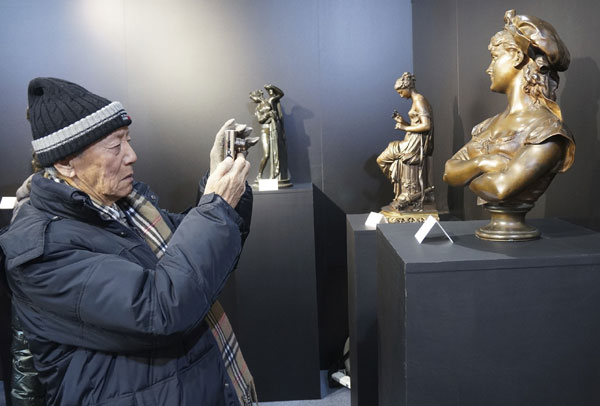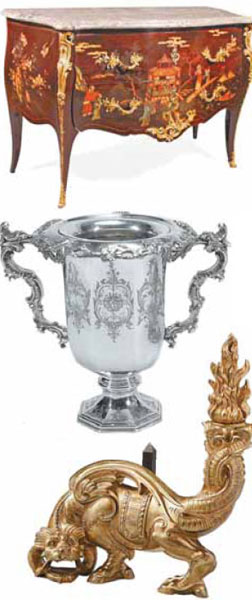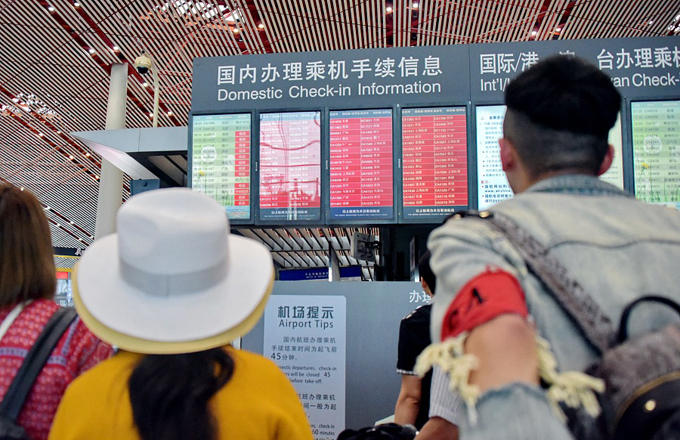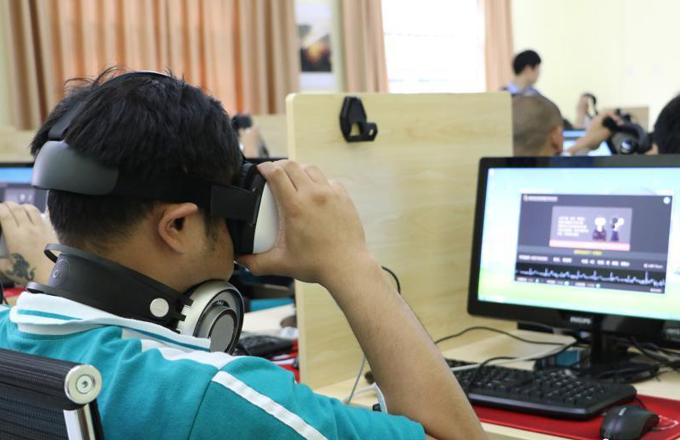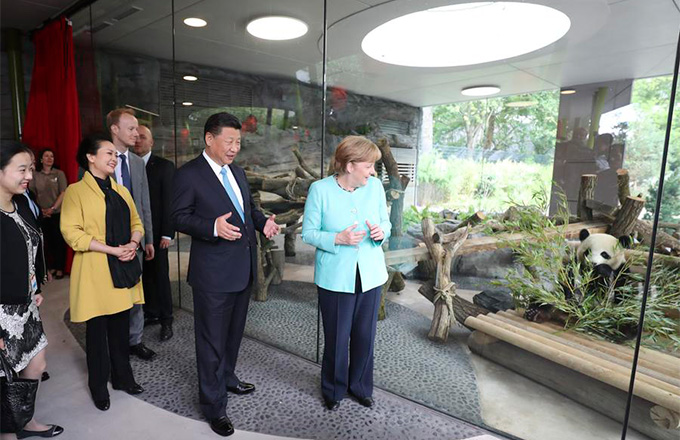Bidding on change
China's first international auction puts on the block the opportunity for the industry to hammer out new national rules. Jules Quartly and Sun Li report.
China's first international auction in Xiamen signifies that curbs on the country's free trade of cultural artifacts may be going, going, gone. Huachen Auctions conducted the sale of 350 lots of Western art, furniture and silverware in Fujian province's free port, promoted by the online auction portal Epai Live and backed by the Association of Accredited Auctioneers (Triple-A), comprised of 21 British auctioneers. The April 21 sale is expected to open the door to more international auctions in China. It was also predicted that further government reform and the opening up of the market will overhaul regulations dating from New China's 1949 founding, preventing the sale abroad of "cultural relics" - which are, broadly speaking, antiques before 1911.
As the world's second largest auction market, after the United States, the Chinese mainland registered more than 47.8 billion yuan ($7.8 billion) in art and antiques sales in 2012, according to the domestic auction-tracking company Artron. For market-tracking company Artprice, it is the world's largest art auction marketplace.
Even so, international auctioneers have been largely locked out of the trade, and there are concerns the market is not as free, transparent and trustworthy as other major international auction environments.
Simply put, this means that while Chinese are busy buying up treasures from abroad, it is not reciprocal - and, even if it were, there would be little confidence in the domestic market because of the amount of fakes washing around.
Speaking before the Xiamen auction, Huachen's chairman and president Gan Xuejun says this situation has to change - and soon.
"I assume that in 10 to 20 years we will have a total free market, meaning that China's cultural relics can be sold overseas. And I do hope this can happen even sooner."
Gan says there were sound reasons at the time for preventing the sale of cultural relics, since they were being looted or sold abroad. But the situation has changed, and many items have either been bought back or even returned.
"The policy of putting restrictions on the export of cultural relics and at the same time allowing for their free import is outdated in the context of the internationalization of the auction market."
While it was a red-letter day for the antiquities trade as a whole at the Xiamen free port sale, it wasn't one for the Penny Black, the world's first adhesive stamp.
None were sold, while coins and artworks, ranging from Andy Warhol pieces to classic canvases, also failed to raise much interest.
However, English silver, clocks and bronze figures found buyers. The most expensive lot was a pair of Louis XVI-style gilt bronze center tables by Francois Linke, which sold for 2 million yuan ($325,390).
Though there was some disappointment at a final tally of 23 percent of lots sold for a total of 9.74 million yuan, Triple-A Chairman Chris Ewbank is bullish, calling it a "sale to test the market and gauge the appetite Chinese collectors have for Western antiques and works of art. We have proved it is possible to achieve such a sale. Now we know what is wanted and what is not."
- Imperial cabinet sets record at spring auction
- Auction canceled for three controversial letters
- Writer crying foul over auction of private letters
- Literary couple's letters off auction amid protest
- Late writer's widow protests auction of letters
- Christie's contemporary sale is biggest auction in history


